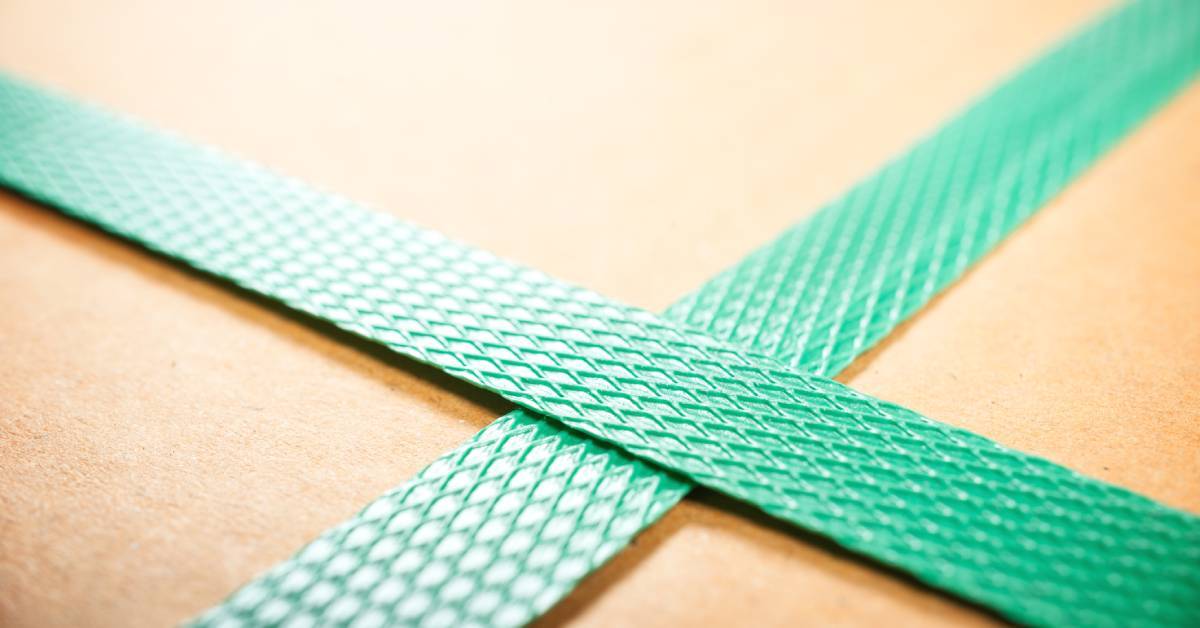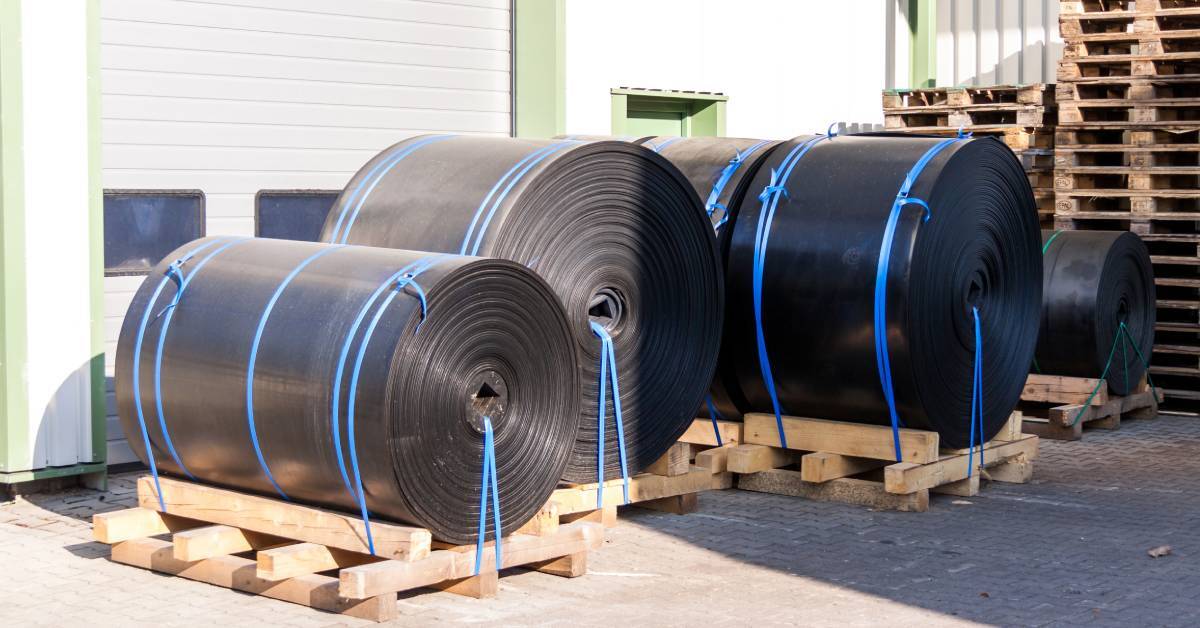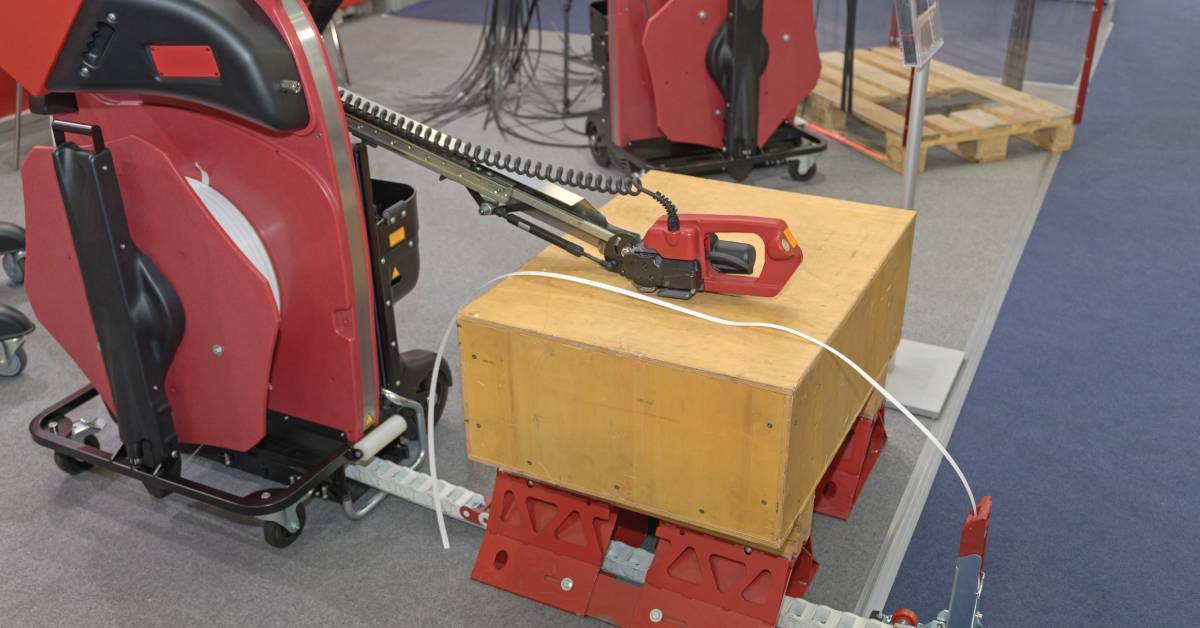
Strapping is a vital component in securing packages for transit. It involves using materials such as steel, plastic, or polyester to bundle items together or fasten packages to pallets. The right strapping prevents damage to goods, improves handling efficiency, and reduces the risk of accidents. Maintain product integrity with these tips for choosing the right strapping for your packages.
Consider the Types of Products Being Shipped
Different items have unique packaging needs based on their material characteristics and value. Fragile items demand extra care, as brittle materials can crack or break during transit. Using strapping with added padding or protective coverings, such as edge protectors, can prevent accidental damage. Similarly, high-value items may require tamper-proof strapping to minimize theft risk.
For goods with sharp edges or irregular shapes, the strapping material must handle abrasion without snapping or tearing. Polyester strapping tends to fare well in these scenarios because it is both durable and flexible. Taking the time to analyze the characteristics of your products ensures you match them with a strapping type that offers optimal protection.
Match the Strapping to the Weight Requirements
Understanding the weight specifications is critical when choosing the right strapping for your packages. Strapping that can’t handle the packages’ weight might break or cause unsecured bundles. For heavy shipments like industrial tools or oversized building materials, steel strapping is the go-to option due to its superior strength. It remains reliable when handling pallets exceeding 2,500 pounds, keeping packages secure during transport.
For medium and light loads, polyester and polypropylene are effective alternatives. Polyester accommodates moderate to heavy loads, absorbing shifts during transit. Polypropylene, on the other hand, is versatile and cost-effective for lighter goods, making it ideal for smaller packages or corrugated boxes.
Factor in Product Sizes and Shapes
The sizes and shapes of your products dictate the strapping material you should pick. Irregularly shaped items, such as furniture or machinery, require flexible yet strong straps like polyester to conform to contours and maintain secure tension.
For flat and evenly stacked loads, polypropylene is a great choice due to its consistent grip on uniform packages. Steel, with its inflexible structure, is ideal for heavy square-shaped pallets.

Understand the Shipping Environment
Different shipping environments pose unique challenges in maintaining package integrity. Here’s how to address common dangers with the right material choices:
- Since outdoor shipping exposes strapping to sunlight, use UV-resistant polyester to prevent degradation over time.
- Wet conditions can weaken certain materials, so opt for polyester straps to resist moisture and maintain strength.
- Heat or cold can affect some strapping, which means steel is ideal for withstanding extreme temperature shifts without losing integrity.
Evaluate the Number of Items
Bundled shipments or multi-item pallets require careful consideration of the strapping strength. Combining several smaller boxes often necessitates heavier-duty straps to prevent movement. Polyester or composite straps can securely hold a group of items together and absorb shock during handling.
Additionally, the number of straps required directly correlates to the load’s weight and movement during transit. Deploying straps in cross patterns for bundled shipments provides extra stability, reducing the risk of shifting items damaging one another.
Decide if Reusability Is Important
For businesses focusing on sustainability or cost efficiency, reusable strapping materials can be a valuable investment. Polyester straps, for instance, are durable enough for multiple-use cycles, reducing waste and overall expenditure. These straps require minimal maintenance, making them a practical choice for environmentally conscious companies.
Steel strapping also provides reuse potential, especially for firms frequently shipping similar-sized loads. However, careful handling and proper storage are essential to maximize the strapping’s lifespan.
Tips for Checking Reusable Straps
Read the strapping material’s product description to know whether it’s reusable and what maintenance it requires. Before reusing, check for signs of wear, such as fraying, bending, or cracks, which indicate the strap may no longer be reliable. Regular maintenance, like cleaning and proper tensioning, can extend the life of reusable straps and improve their performance. Finally, evaluate the frequency of use, as straps exposed to heavy loads or frequent handling may require closer inspection to ensure they are safe to reuse.

Use Proper Strapping Equipment
Without the right equipment, even the best strapping materials can fail. Tools and machines designed specifically for your chosen strapping material streamline the application process and provide consistent tension. For example, steel straps require heavy-duty sealers, while polyester benefits from friction-weld tools.
If you handle high-volume shipments, automated strapping machines can dramatically improve productivity. With precision technology providing consistently applied straps, these machines reduce human error and enhance packaging reliability. The right tools ensure not just a secure package but also improved operational efficiency.
Avoid Over-Strapping or Under-Strapping
Over-strapping happens when excessive strapping is used on a shipment, often more than what’s necessary to secure the load. This can increase costs unnecessarily, lead to wasted material, reduce operational efficiency, and put extra tension on the cargo. On the other hand, under-strapping occurs when too few or inadequately tightened straps are used, leaving the load unsecured. This poses significant risks, such as cargo shifting, falling, or being damaged during transportation.
Investing in a reliable tensioning tool or machine guarantees balanced strapping. It’s also essential to train your team on applying straps with consistent techniques to prevent errors.
Apply the Right Tension
When choosing the right strapping material, proper tensioning is just as important as the material itself. Be sure to adjust the tension carefully to strike a balance between securing the load and avoiding damage. Always consider the load’s weight, size, and fragility, as well as the strapping material’s flexibility and strength.
Too much tension can crush or deform fragile cargo, while too little tension may leave it unstable. Adjustable tension controls on semi-automatic strapping machines simplify securing different types of loads. These controls allow operators to fine-tune the tension based on the cargo’s weight and fragility, reducing the risk of damage or instability. Their consistent and precise application enhances load security and efficiency, saving time and ensuring reliable results for shipping and storage needs.
Securing your packages effectively depends on understanding key aspects like product characteristics, load weights, and shipping conditions. Strapping materials must be matched to the demands of fragile, heavy, or oddly shaped goods to make sure they remain safe and intact during transit. Proper tensioning and using industrial packaging equipment play a critical role in enhancing both package stability and operational efficiency. By addressing these factors, you can minimize risks, reduce waste, and protect your cargo from damage or loss.f
